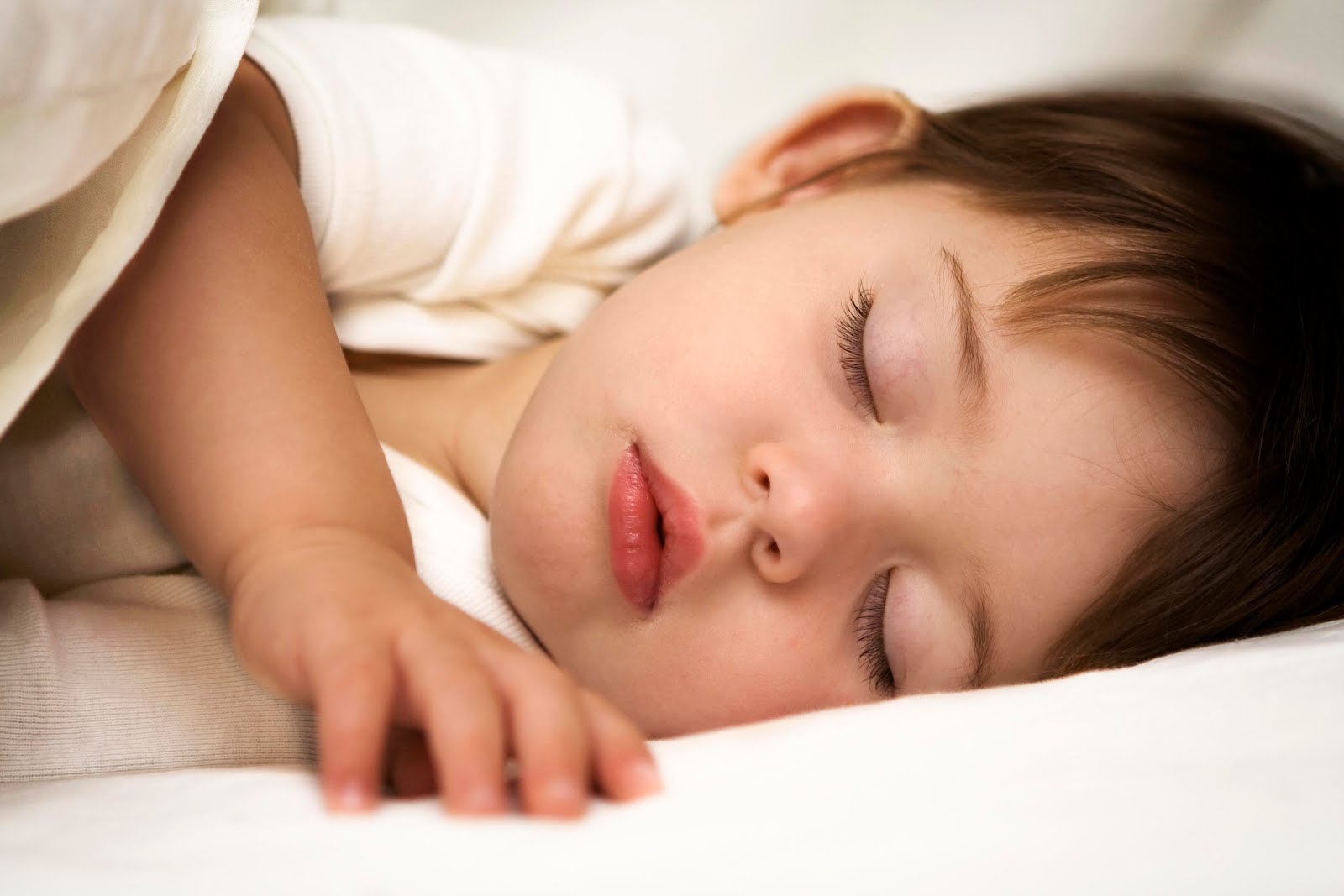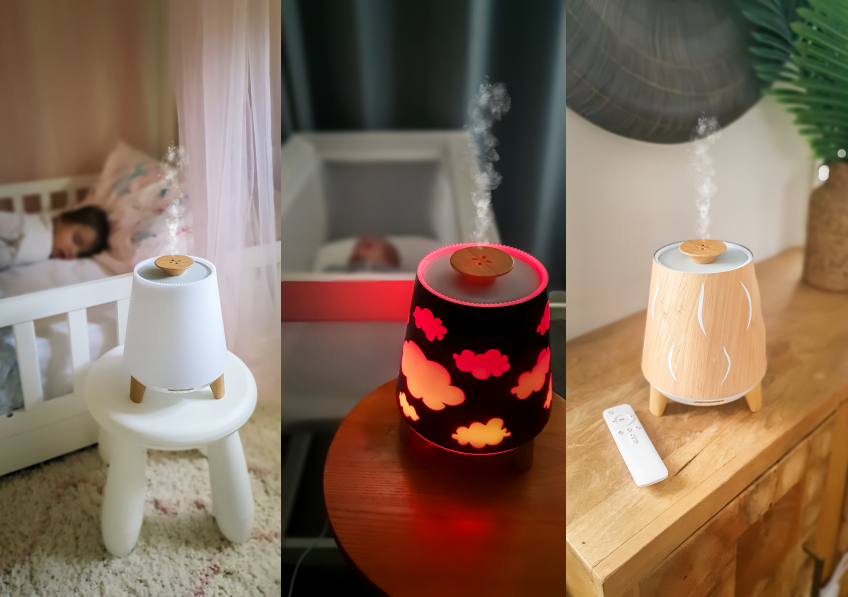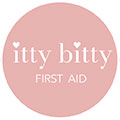Bedtime Sorted for Good - Our Best 8 Tips Ever
Posted by Laura Klein on 21st Feb 2019
"Just one more story!!" "I'm thirsty". How many times have we heard that request, as we get the kids ready for bed?
Modern parenting is a busy, challenging job. Every parent knows that bedtime routines should be calm and consistent for their child.
But for toddlers and older children, the nightly routine can be a difficult part of the day. It means another transition and separation from you, just as everyone is a bit tired and frazzled from a long day.

Here are some tips to help.
1. Parent's Mood: Yes, we will start with you. I swear if I'm extra tired, rushed or a little cranky, my kids pick up on it and bedtimes may not run as smoothly. Parents words and actions should match their behaviour, and be responsive to children's needs at that moment. 15 - 30 minutes of dedicated time now, can mean you are rewarded with a few hours of child-free time in the evenings.
2. My Way, Your Way: It's the conversation 2 parents need to have from the time their baby is born. What is our combined approach for the big picture stuff of parenting: feeding, nurturing, sleep.
If two parents take turns at bedtime, you don’t have to follow an identical script but you should have a similar routine, style, and response to bedtime power plays, fears, or manipulation. Avoid a situation where Dad lies with the kids for 30 minutes on his nights, but Mum reads a story and then leaves the room on her nights.
This is even more important if parents are separated, and children have a bedroom and sleep routine at Mum's and then something totally different at Dad's place. Be kind to yourself and the kids, and work out a consistent approach for all.
3. Soothe, Not Stimulate: Choose the same place and time each night for the bedtime routine, especially with children under 2 years. Stories and milk on the lounge. Or books and cuddles in their room. Choose quiet relaxing books and puzzles. Now is not the time for an epic game of wrestling or hide-and-seek.
4. Leave time to unwind: Although life is busy, rushing bedtime often doesn't work. A bedtime routine doesn't need to take hours. The sleep consultants at Little Ones recommend aiming for 20-30 minutes, with dinner, bath, book, bed being a tried and tested order that suits the organisational brain of young children. Kids are biologically conditioned to prefer predictability. If you rush it, she’ll be more likely to run out of bed, stall, cry or beg you to stay longer.
5. Undertired/Overtired: Neither. It's actually the magic place in between, and this critical benchmark changes regularly in a baby's first year. It will often depend on the timing of their last day sleep.
Toddlers and older children have more predictable windows of tiredness, depending on their day activities.
Once the newborn stage passes, sleep specialists recommend a consistent bedtime of between 6-8pm for older babies, toddlers and older children in primary school. This allows them the full 10-12 hours of healthy, restorative sleep they need for brain development, physical growth and emotional awareness.
Doctors advise that symptoms of overtiredness often mimic symptoms of ADHD, so good sleep is a top priority for parents.
If bedtime comes to soon after the last day nap, your little one will simply not be tired enough to fall asleep and bedtime could drag on for an hour or more, making everyone cranky and frustrated.
Alternatively, if children (especially those under 4 years) are overtired come bedtime, the cortisol level in their brains will be so high that while they make crash at 7pm, they are very likely to wake multiple times during the night, as their brains and bodies fight to restore a normal level of cortisol.
It can take a week or more of balancing their day naps, night sleep, morning wake up times and activity levels to find the sweet spot between overtired and undertired for your child based on their age and personality.
6. Screen Free - Sugar Free: Keep things screen free (especially for kids under 5) in the hour before bed. The "blue light" stimulant and noise and intensity of TVs and I-pads just wires little brains to stay alert, and goes against the body's circadian rhythm to slow down as darkness falls outside.
Similarly, an overload of sugar will interrupt the body's ability to regulate blood sugar levels and calm down for the sleepy night ahead. Appropriate bedtime snacks include bananas, milk, wholewheat toast and cheese.
7. Sam Says: For older children, Sam Sheep Sleep Clock is an ingenious investment in calm bedtimes (and morning sleep ins). With both digital and analogue displays, a soothing night light, and eyes that open and shut, Sam gets bedtime sorted in a fun and creative way, especially for 2 to 5 year olds.
Sam is the sleep boss. It goes something like this: Sam says you have to stop reading at 7 p.m., so you have ten minutes. Then when it’s 7pm say “Oh, look! The clock says 7:00. Lights-out time. We can’t read any more books tonight. We’ll have to get upstairs earlier tomorrow night if we want to read more books.”
Sam is a masterstroke, but it's important to stick with it every night! Check out Sam here.
8. Teach Creative Visualisation and Plant A Dream: Toddlers and preschoolers will often say that they are not ready to sleep, they can't keep their eyes closed. Let them know that even adults can have trouble falling asleep. Try some breathing techniques, whilst their hands are on their tummy, and let them feel the rise and fall. Use your fingertips and pretend to "sprinkle" some dream dust into their eyes.
Rub their temples and tell them you a planting a dream and give them a memory to focus on- the day they went boogie boarding, the bike ride to the city, catching the river ferry, swimming with their cousins at the Gold Coast.
Or dream up a fantasy: Tonight I'll dream about travelling through space. Tonight I'll dream about being a ballerina. This distraction can be really helpful if she wakes from a scary dream or night terror.
Bonus Tip: Sleep Aid: In tip 5, we mentioned turning off the screens. However, one type of light can actually help a baby or child of any age fall asleep - a deep, red light, which increases the production of melatonin (the sleep hormone in the brain).
We recommend using HUSH with red light therapy and placing the unit beside the bed or cot, where your little one can see the deep red light. It's ok if they stare at it for 5 - 10 mins - it will actually help them wind down as the soothing red light signals to the brain that sleep time is here.
If you've never used a night light before, your child may be over stimulated or distracted by the light in the first few nights - you can place a teddy or book in front of the machine to soften the light glow until your little one is more used to the nightlight.
When introducing a new sleep aid, a "sleep regression" may even occur, when falling to sleep and staying asleep gets slightly worse on night 2 or 3. Don't panic.
Use all functions of HUSH consistently every night for at least a week, and watch the magic unfold. HUSH has mist vapour, Aromatherapy, Red light therapy, Sound therapy, Bluetooth speaker and remote control. With a 30 day satisfaction guarantee, it's definitely worth a try.
Bonus Tip: A Sleep "Eco-System": We recommend approaching sleep patterns in a holistic way - as part of a 24 hour ecosystem. Depending on the age of your little one, they will require a different amount of sleep (and a different number of sleep sessions) in a 24 hour period.
Managing sleep as a total amount of sleep in a 24 hour period allows parents to adjust sleep sessions slightly, and gives more flexibility and predictability to the sleep routine.
Newborns and younger babies will require multiple day naps and will be waking overnight for feeding, which is perfectly normal.
Older babies will still require 2 day naps, but will be learning to sleep in a longer block of 10-12 hours overnight.
Toddlers will require a nap after lunch (60-120 mins), then a long block of 12 hours overnight, with a bedtime around 6-7pm.
Preschoolers may have dropped the day nap, and will require 12 hours overnight, with a bedtime around 6-7pm.
School age children need a good session of outdoor, physical play in the twilight hours, with around 11 hours of sleep per night and a bedtime of between 7-8pm
No matter what age your child, the timing and spacing of day naps and night sleep is critical within a 24 hour period. Too much sleep in a particular session, and they will not be tired enough for their next sleep. Too little sleep, and they will be overtired, with heightened cortisol levels in the brain, and may struggle to settle calmly. As strange as it sounds, overtired babies can often wake early, as a result of the cortisol level in the brain, that can take hours to reset.
It's a real juggling act to understand and implement the age-appropriate recommendations for sleep - they are kids after all, not robots!! Little ones often can't regulate their sleep sessions, so parents can gently and consistently guide this process, which may mean waking your little one so they don't sleep too long (and jeopardise the ability to fall asleep in the next session) and by watching for tired signs so your little one doesn't get overtired.
For more information on guiding this 24 ecosystem of sleep in the age-appropriate way for your babe,visit our friends at Little Ones.
The Rewards Are Endless
So there you go. You and your partner might be thinking, what a lot of effort and gadgets I need just to get the kids to sleep. But the rewards are endless. Your well rested baby or child will be happier, healthier and smarter, and you will get some restorative child-free hours in the evenings to recharge your parental batteries. It's worth it!
For guidelines and information on age-appropriate bedtimes, sleep patterns and routine expectations,
Much love Laura and the team, Brisbane xx

















